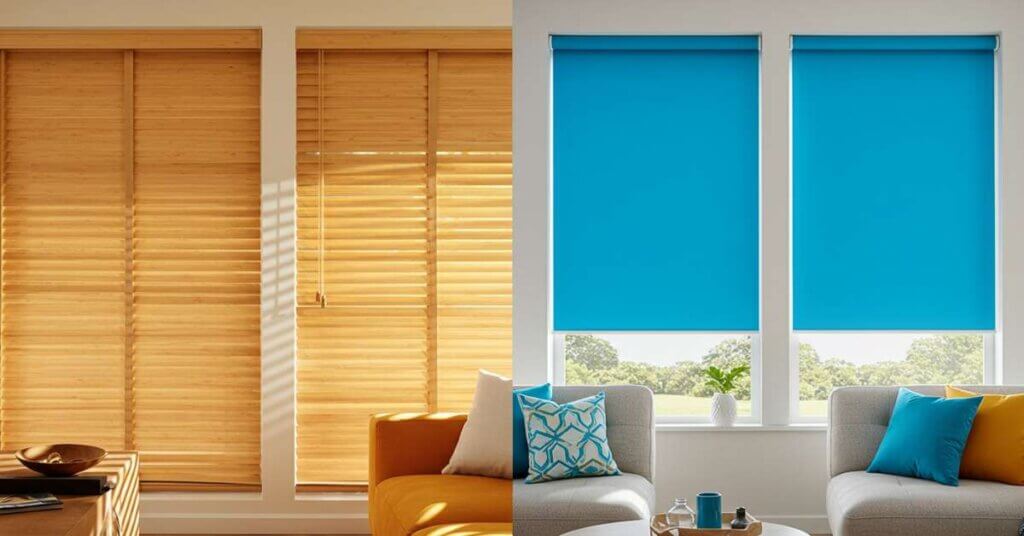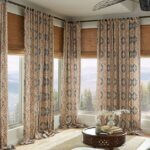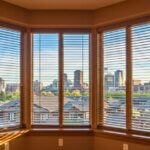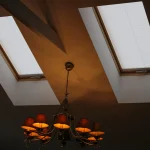When it comes to choosing window treatments, homeowners often find themselves caught in the debate between blinds and shades. Both options offer unique benefits in terms of style, function, and comfort, but determining which one works best for your home requires a closer examination. This blog breaks down the pros and cons of blinds and shades, comparing their features in terms of privacy, light control, energy efficiency, durability, maintenance, cost, and aesthetics.
Blinds are versatile, durable, and easy to adjust for precise control of light. On the other hand, shades add softness, modern design, and insulation that supports energy efficiency. From wood blinds to Roman shades, the possibilities are extensive. If you’re deciding between blinds and shades for your home décor, this guide highlights the differences clearly—so you can select what best suits your lifestyle and design goals.
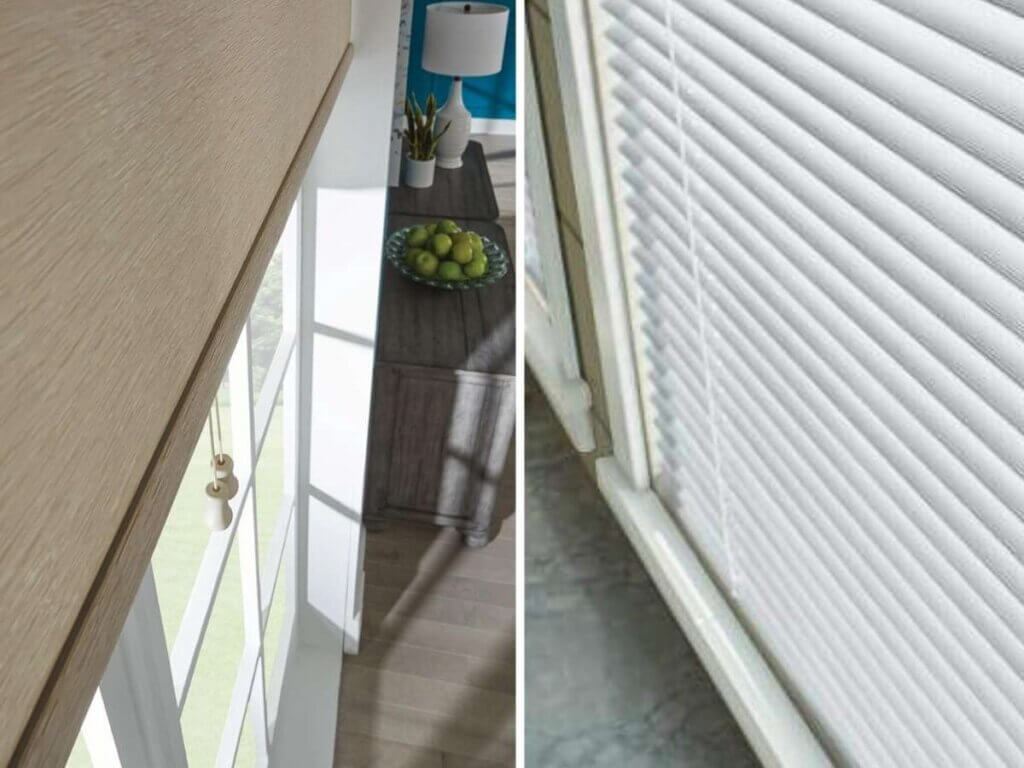
Blinds: Classic Control and Durability
Blinds are among the most widely used window treatments because of their practicality and long-term durability. They consist of individual slats that tilt open and closed, allowing you to control privacy and natural light throughout the day. Popular types include wood blinds, faux wood blinds, vertical blinds, and mini blinds.
Blinds are typically praised for their straightforward function and ability to fit a range of styles—from classic to contemporary. They are also easier to clean compared to many fabric-based treatments, making them a smart choice for high-traffic areas. For homes in places like Castle Rock or Highlands Ranch, blinds can withstand changing weather and continue to perform reliably.
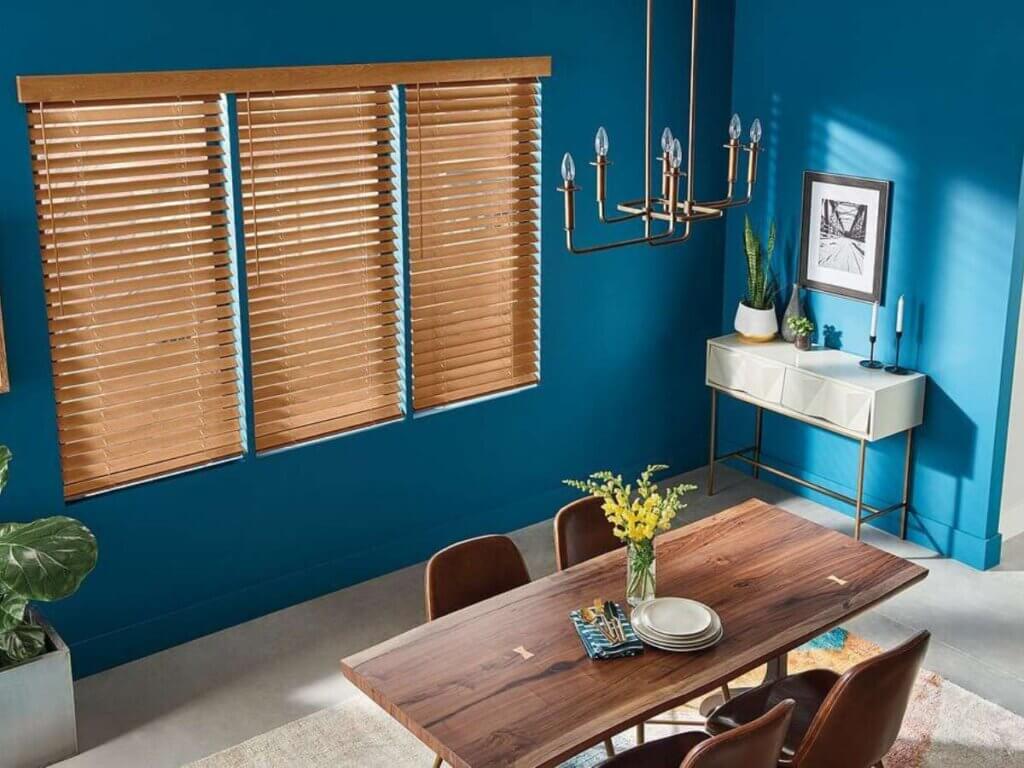
Shades: Softness and Energy Efficiency
Shades differ from blinds because they cover the entire window with one continuous piece, rather than adjustable slats. This design gives them a softer appearance that enhances the aesthetics of any room. Roman shades, cellular shades, roller shades, and motorized shades each offer distinctive looks while boosting comfort and efficiency.
Shades are known for their energy-saving properties, particularly cellular shades that trap air and improve insulation. Motorized shades add convenience, allowing homeowners to control the light with a remote or smart system. In neighborhoods like Parker or Cherry Creek, where style and modern functionality are valued, shades provide an elegant solution.
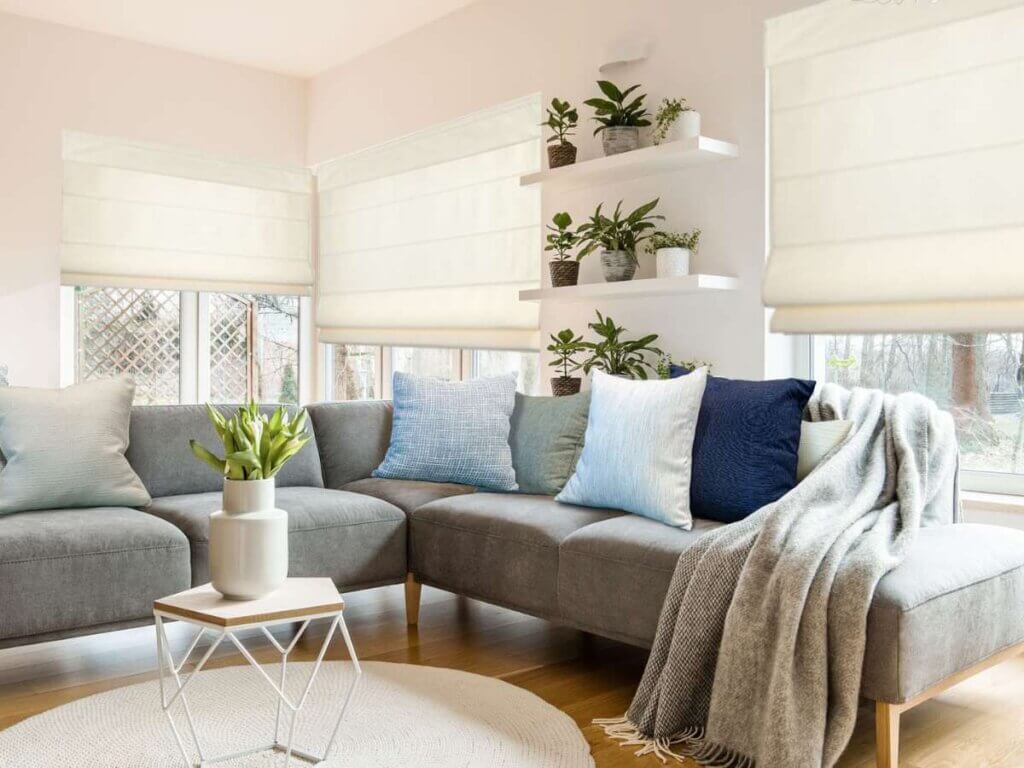
Blinds vs. Shades: Key Differences
To simplify the great debate, here’s a side-by-side comparison of blinds vs. shades:
Feature | Blinds | Shades |
Style | Structured, tailored look | Soft, seamless appearance |
Light Control | Adjustable slats for precise control | Full coverage; varies by opacity |
Energy Efficiency | Moderate insulation | Strong insulation, especially cellular |
Durability | Highly durable and long-lasting | Durable but fabric options need care |
Maintenance | Easy to dust and clean | Requires deeper cleaning for fabrics |
Cost Considerations in Blinds vs. Shades
Cost is often a deciding factor in the blinds vs. shades debate. Blinds, especially faux wood and mini blinds, can be a more budget-friendly choice. Shades, while typically more expensive, offer additional benefits such as improved energy efficiency and design versatility.
Installation is another consideration. Professional installation ensures proper fit and smooth operation, especially for motorized shades or larger windows. Homeowners in areas like Centennial or Englewood often find that investing in the right installation adds long-term value to their home.
Cleaning and Maintenance Insights
Blinds have the advantage of being easier to clean. A quick dusting or wipe-down usually restores their look. Wood blinds and faux wood blinds also resist daily wear and tear well.
Shades require more careful maintenance depending on the material. Cellular shades, Roman shades, and roller shades may require occasional deep cleaning to maintain their fresh appearance. If low-maintenance is a top priority, blinds often win this part of the debate.
Style and Interior Design Impact
Blinds work well in spaces where a structured and clean-lined aesthetic is desired. Their defined appearance suits modern, minimalist, and traditional interiors alike. Vertical blinds are especially practical for sliding doors or large windows.
Shades create a more decorative statement. Roman shades bring timeless elegance, while roller shades deliver sleek simplicity. For homeowners in Cherry Hill Village or Greenwood Village who want a balance of function and high-end aesthetics, shades often complement the overall design more effectively.
Child Safety and Modern Innovations
Child safety is a growing concern in window treatments. Cordless blinds and motorized shades reduce hazards while making operation simple. Motorized options are particularly helpful for hard-to-reach windows, enhancing both convenience and safety.
Families in Littleton or Lone Tree often opt for motorized shades or cordless blinds, aligning with modern lifestyles by blending technology with peace of mind.
Key Takeaways
- Blinds excel in durability, affordability, and precise light control.
- Shades offer energy efficiency, softness, and a variety of stylish designs.
- Maintenance is generally easier with blinds, while shades may require deeper care.
- Cost varies widely, with blinds often being more budget-friendly and shades offering long-term insulation benefits.
- Both blinds and shades are now available in cordless and motorized options, offering improved child safety and convenience.
FAQs About Blinds vs. Shades
Q1: Are blinds or shades more energy-efficient?
Shades, especially cellular shades, typically outperform blinds in energy efficiency. Their layered design traps air and helps regulate indoor temperatures. While blinds provide some insulation, shades generally reduce energy costs more effectively.
Q2: Which option is easier to maintain, blinds or shades?
Blinds are easier to maintain because they can be dusted or wiped clean quickly. Shades, depending on the style and material, may require more effort, such as vacuuming or occasional professional cleaning. Homeowners who prioritize easy upkeep often choose blinds.
Q3: Do blinds or shades provide better privacy?
Both provide privacy, but in different ways. Blinds allow you to tilt slats for partial views and light control, while shades typically block out views completely when lowered. For complete privacy, shades with blackout or room-darkening features work best.
Book Your Free In-Home Consultation Today
Still torn in the great debate of blinds vs. shades? The good news is you don’t have to choose alone. At Made in the Shade Denver South, we help homeowners across Sheridan, Castle Pines, Highlands Ranch, and surrounding areas find the perfect window treatments tailored to their home décor and lifestyle.
Book your free in-home consultation today and discover whether blinds or shades are the right fit for your space.

